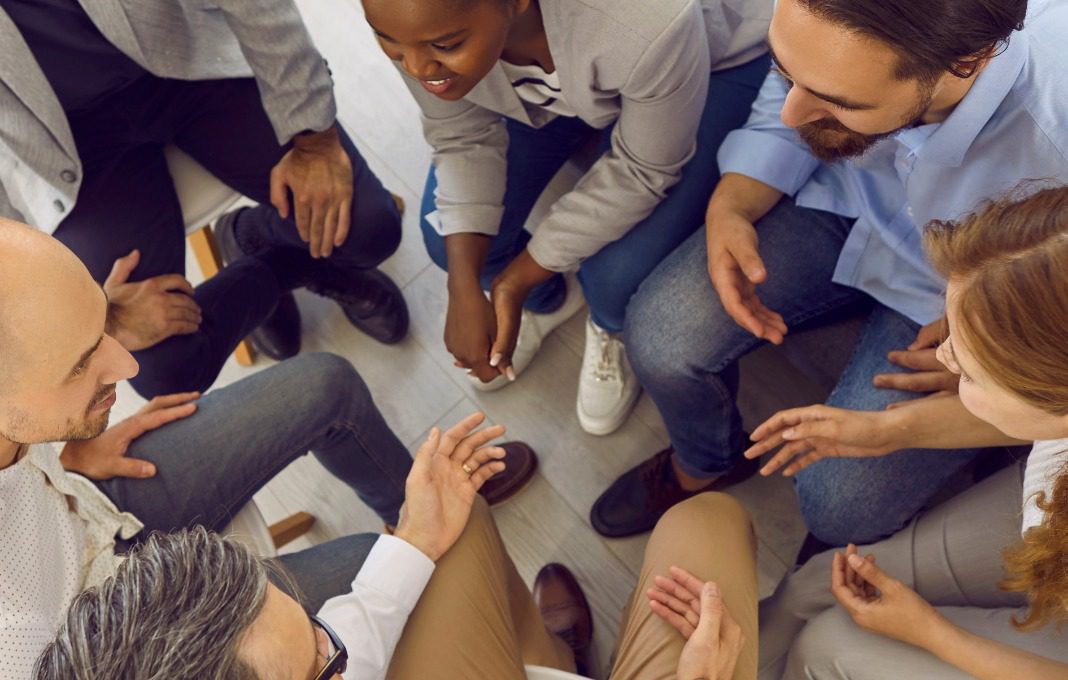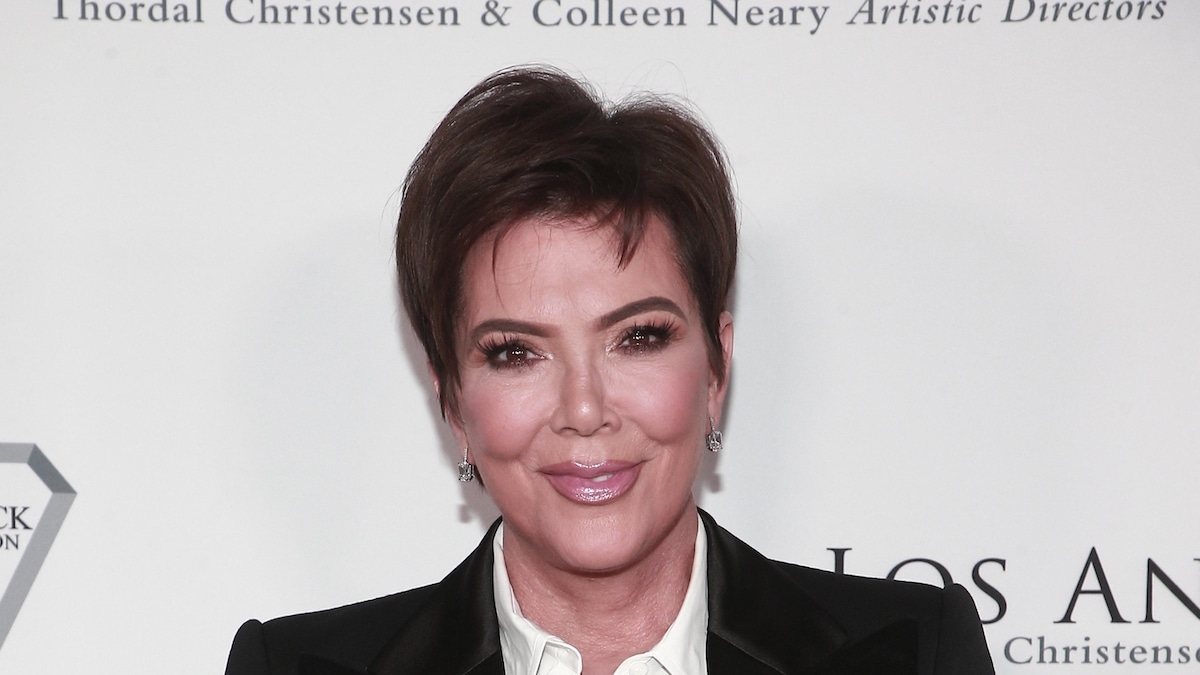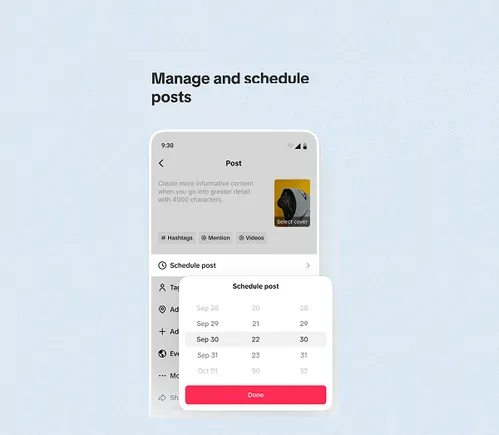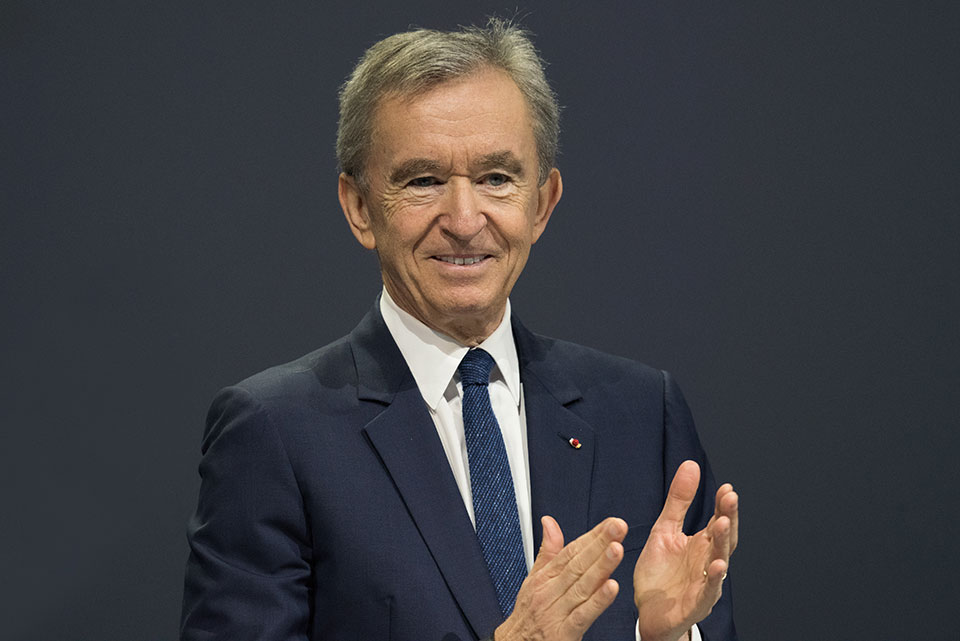By now it’s conventional wisdom that America is facing a mental health crisis, one that’s often manifested by individual employees on the job. This development follows the long isolation of many workers during the pandemic. And it picks up on the growing maw of self-focus and despair that has been created by the spread of social media.
That’s why Protiviti created its 11th “employee resource group” recently. “We had some affinity groups focused on fitness, but this one really came together around promoting mental health and well-being, with dialogue around how people were feeling and bringing themselves to work,” says Susan Haseley, executive vice president of the business-consulting firm based in Menlo Park, California. “It became more of a support group, and it really has flourished.”
Whether they’re called employee resource groups (ERGs), business resource groups, passion groups or affinity groups, there’s a post-pandemic boom in the formation of internal nodes that companies are putting together to help their workers find close-level identity and support within the corporate structure that has nothing to do with reporting relationships.
ERGs have been around for decades but have exploded during the Covid era and since. The number of U.S. companies with ERGs increased by 9% last year, meaning that 40% of companies now have some form of ERGs, according to a benchmarking survey by Sequoia Consulting Group.
Support groups for parents became another popular variety of ERG during the pandemic. “They were a way for parents who all of the sudden had to school kids at home to get some resources and support,” says Farzana Nayani, author of a new book on ERGs.
Multiple Benefits
ERGs have the additional benefit of serving as a corollary or even a main prong of companies’ efforts to boost diversity, equity and inclusion as well as mental well-being and cohesion. In an era that started with #MeToo and was marked by the murder of George Floyd, they can be a tremendous help for companies in creating an open, receptive and supportive environment for women and Blacks. ERGs for LGBTQ+ employees, Hispanic Americans, Asian Americans, military veterans and employees with disabilities have become popular as well.
“They’re an important way to build connections and contribute to the overall company culture, which is one of inclusivity,” says Susan Stewart, vice president of integrated talent management for Nestle USA. “It helps enable the right environment in our culture.”
Arlington, Virginia-based Nestle USA recently added a cluster of four ERGs it calls the Thrive Network, aimed largely at bolstering employees coping with critical illnesses, disabilities, caregiving and mental health. The company now totals 11 ERGs.
Michelle Nicholas joined PCSB Bank in July 2021, as senior vice president and chief diversity officer and director of community development. More than 70% of employees of the Yorktown Heights, New York-based company are female, and when Nicholas, a Black woman, arrived, she was greeted by “excitement that we had a woman in this role who was diverse,” she says. “But I am only one person. We wanted to have talks in a common space that was safe.”
So PCSB launched ERGs with one group for women, one for Black employees, and six others for a variety of other demographics and identities. “Now,” Nicholas says, “affinity groups can work at their own level, not just speaking to the person in the C-Suite but also the person across the hall.”
Vocera recently launched its first ERG and called it WISE, for Women in Search of Excellence. “Employees developed it,” says Lori Stahl, chief people officer for the San Jose, California-based provider of clinical communications systems. “Earlier in the year we celebrated women in leadership and their careers and threw it out to the organization to see who was interested and passionate about these issues. It shocked us to see the number of people who raised their hand and said it was important to them.”
Women make up 55% of the workforce of Majorel, an IT-services management outfit with North American headquarters in Chandler, Arizona. “ERGs are important for mentorship because women can ask other women, ‘How did you do that?’” says Dallas FitzPatrick, global diversity, equity and inclusion manager for Majorel. “A common goal of an ERG is to work together to see ourselves in different positions and places to get a bigger picture and make it a bigger goal.”
Many companies invite employees who don’t physically or even psychographically “belong” to join ERGs anyway. “We have men in women’s groups and members of other ethnicities in those groups,” says Trisch Smith, global chief diversity and inclusion officer for Edelman, a PR firm based in Chicago. “It’s not just for those of the community.”
Intersectionality can be a factor too. “You may be a member of the LGBTQ community, but you’re also a woman,” for instance, Dooley says. “None of us check just one box.”
Here are some other ideas for making ERGs work:
• Be expansive. Employees keep coming forth with ideas for new groups. For example, while Diageo has had ERGs for 12 years, the British liquor maker with a U.S. headquarters in New York keeps adding new ones, such as GreenIQ, for employees especially concerned about sustainability, as well as one called Build Your Own Brand, “embracing everyone who wants to continue to grow and develop and get to know people beyond the function they’re in,” says Jeanine Dooley, Diageo’s head of inclusion and diversity for North America. “It’s for career advancement.”
Meanwhile, Cook Group is launching a new “intergenerational” ERG. “It’s a bridging group for Gen Z’s, millennials and boomers,” says Pete Yonkman, president of the medical equipment maker in Bloomington, Indiana. “We’re trying to figure out the right way for the generations to communicate with each other. There’s becoming an acute lack of understanding between them. Some people say they’re being forgotten because they’re just five years from retirement, but other [generations] have a whole group of needs too. We’re trying to bring them closer together.”
And Edelman has just initiated an ERG for religious tolerance. “It’s a place to share and learn about” other faiths, Smith says. “We’re working actively to create an environment where we recognize that, while religions might be different, their values may be similar, and values are what create culture.”
• Recognize vets. One of the fastest-growing types of ERG is for veterans. “There are definitely many veterans who are passionate about their service,” says Sue Eaglebarger, HR vice president for Lawson Products, an industrial distributor based in Chicago.
Walt Disney even conducted a Veterans Institute Summit in August that extended the entertainment company’s decade-long devotion to hiring and onboarding U.S. military veterans and to helping other organizations do the same thing. It included content about creating and maintaining a veteran-oriented ERG.
“These groups assist in programs and services for our population and also advocate across other veteran issues, working with companies,” says Tom Kastern, financial wellness vice president of Wounded Warriors in the Jacksonville, Florida, office of the not-for-profit group. “It’s laudable that so many companies want to hire vets, and an ERG should be a component of that.”
• Focus on disabled employees. “People with disabilities have largely been ignored by the DEI movement of the last several years,” says Julie Kae, vice president of sustainability and diversity for Qlik, a business-analytics company based in King of Prussia, Pennsylvania. The company’s ERG started to support Covid sufferers and expanded to those with disabilities. “There are the disabilities that are visible and those that could face anyone at any time. And the emails I’m getting back from across the globe are thanking us for doing this.”
ERGs aimed at neurodiverse employees, such as those with autism and on the Asperger spectrum, also are booming as U.S. employers increasingly recruit and utilize such individuals.
• Tie them to business purposes. Smith notes that Edelman’s ERGs “can inform client work if there is a need for understanding about a specific topic or issue.”
For example, Diageo leverages its ERGs to sell more effectively into particular communities of consumers. Its groups “started talking about how we could contribute to driving business value by partnering with sales teams and going to certain locations where members of the Rainbow Network would sell to certain LGBT bars and introduce new products,” Dooley says. “Our [ERG] for Hispanics help as it relates to certain brands from a multicultural marketing standpoint.”
Altria’s ERG for Black employees “helps us think about supplier diversity as we continue to increase spending with diverse or minority-owned businesses,” says Sal Mancuso, CFO of the Richmond, Virginia-based cigarette maker and the executive sponsor of the group.
Corewell is counting on an existing and expanded roster of ERGs to help bring the Beaumont Health group, in Metro Detroit, and the Spectrum Health group, in the Grand Rapids area on the other side of Michigan, together in their new megamerger.
“What we’re putting together in our strategy with our new [DEI] chief is how we can come together as a system knowing we will need these inclusion groups at the local level, and how to take their work and thoughts and ideas to replicate that across the company,” says Tina Freese Decker, Corewell’s president and CEO.
But companies must be careful with such forays. “If an employee thinks of [an ERG] as a place to be connected and belong with others, but the organization is saying, ‘We want you to help with a staffing process’ or ‘help us link to the community,’ that’s asking a lot of people,” says Quinetta Roberson, a Michigan State University professor who is studying ERGs. “They may say, ‘I just wanted a resource—not a place to be involved.’”
• Provide top support. Not only C-Suite backing of ERGs in general but also the involvement of individual upper-level executives with specific groups is considered crucial.
“That’s a key element for anyone getting a group up and running: You want to get the support of the CEO but absolutely from the executive team,” Eaglebarger says. “It gives you the credibility to build out what you want to do.”
Mancuso goes so far as to say that top-executive involvement in ERGs “is part of how we hold leaders accountable. They need to be invested in this journey and in this vision for an improved culture over time. We tie compensation to how our leaders and executives perform related to our culture, and we have tools in place to seek 360-degree feedback from employees and peers.”
But “don’t take control from employees,” FitzPatrick warns the C-Suite. “ERGs are for the people and often by the people, and how leadership can best support them is by giving resources and making sure they have that voice and listen to the feedback. But by no means try to take over the group and make it something it’s not.”
• Give them some autonomy. ERGs have become more than just places for rap sessions, commiseration or consciousness-raising—many are devoted to internal or community-based improvement projects. Many groups, for instance, organize activities around calendar periods devoted to an identity, such as Black Heritage Month in February and Pride Month in June.
This can include corporate funding of ERGs. “These groups can’t run on their own, if they want to bring in speakers or put together programs where people can learn and develop in different dimensions,” says Haseley. “But it’s not a one-size-fits-all. Funding depends on what they’re requesting.”
• Don’t over-emphasize them. Executives might be concerned that employees could devote themselves to an ERG more than to the employer itself.
“Make sure the belonging goes hand in hand with the work,” FitzPatrick says. At Majorel, for instance, “When we have a workshop that is sponsored under DEI, we bring it back to causes important to Majorel and things happening within Majorel. How can they make it part of their work at Majorel, how will it benefit them there, not just how to find their professional voice? Not just to come to work for the ERG.”
Yet some CHROs downplay such concerns. “We see them as one feeding the other, being a bit of an ‘and’ equation,” Stewart says. “So while it’s employee-led, we try to make sure all of our employees are talking with their managers and teams about the work they’re doing in ERGs and that it’s in support of the day-to-day objectives they may have in their jobs.”
Dooley says she actually “loves to see” devotion to ERGs that can rival devotion to a company. “You hear people talk about not leaving jobs but leaving line managers,” she says. “If [ERGs] can be so important to an individual who may be going through some growing pains in their individual role, and that [ERG] is a broader lifeline to the company, I would take that every day of the week.”
Indeed, says Nayani, author of The Power of Employee Resource Groups: How People Create Authentic Change, “If there isn’t a deeper connection to the company, people may not feel they’re engaged, and with ERGs they have a greater connection and ties that cause people to stay. So they are a tool for retention as well as recruitment.”
• Treat hobby groups differently. Many companies like Diageo have what Stewart calls “ad hoc groups of people who are passionate about food or something athletic who get together and connect in that way too.” And Protiviti encourages “fitness groups or ones focused on financial well-being and bringing speakers in, and social groups that focus on happy hour” that have a local base rather than a national or international purview, as ERGs do.
But, Nayani says, while “groups built around hobbies can still build community, ERGs are really based on identities of individuals that can be supported in the workplace. It has to come under the banner of business objectives.”
• Don’t forget the white guys. Architects of ERG programs should watch out for signs that white men—though long considered the favored tribe at many companies—now may feel unrepresented in a corporate archipelago of support groups devoted to every other identity but them.
“One employee came to me and said, ‘Where is the white group?’” Nicholas says. “My response was very clear: ‘Is that something you’d like to create?’ And they said, ‘No, I was just joking.’ The reality is that our groups are looking to support under-represented employees in the workplace. But if someone comes to me and stresses that they feel under-represented in some particular way, I’m here to listen.”
And Nicholas believes feelings of exclusion can be sublimated by getting any employee involved in ERGs that may not fit their self-definition. “Absolutely, you can be an ally in that case,” she says. “Be part of the voice.”























































![Social Media Spring Cleaning [Infographic] Social Media Spring Cleaning [Infographic]](https://imgproxy.divecdn.com/9e7sW3TubFHM00yvXe5zvvbhAVriJiGqS8xmVFLPC6s/g:ce/rs:fit:770:435/Z3M6Ly9kaXZlc2l0ZS1zdG9yYWdlL2RpdmVpbWFnZS9zb2NpYWxfc3ByaW5nX2NsZWFuaW5nMi5wbmc=.webp)
![5 Ways to Improve Your LinkedIn Marketing Efforts in 2025 [Infographic] 5 Ways to Improve Your LinkedIn Marketing Efforts in 2025 [Infographic]](https://imgproxy.divecdn.com/Hv-m77iIkXSAtB3IEwA3XAuouMwkZApIeDGDnLy5Yhs/g:ce/rs:fit:770:435/Z3M6Ly9kaXZlc2l0ZS1zdG9yYWdlL2RpdmVpbWFnZS9saW5rZWRpbl9zdHJhdGVneV9pbmZvMi5wbmc=.webp)
















